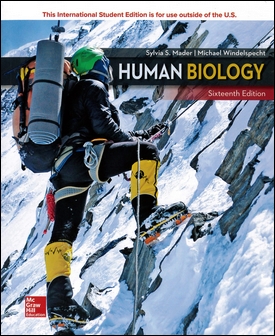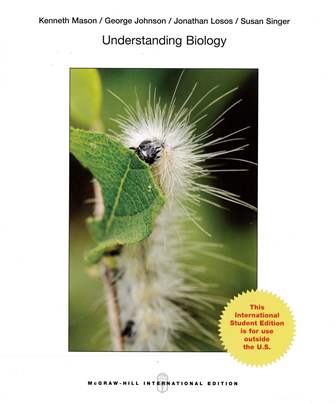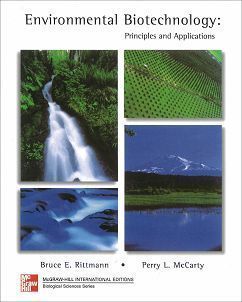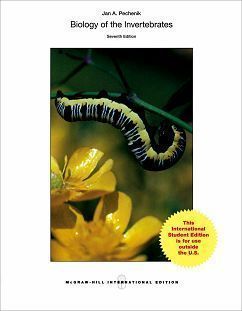書籍分類
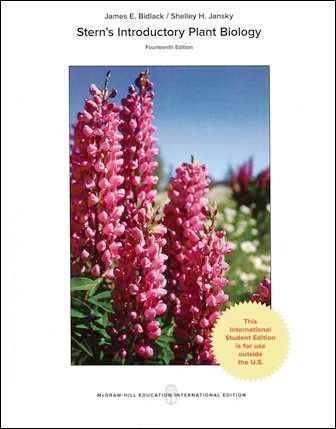
Stern's Introductory to Plant Biology 14/e (留言詢問)
作者:James E. Bidlack, Shelley H. Jansky
原價:洽詢
ISBN:9781259921827
版次:14
年份:2018
出版商:McGraw-Hill
頁數/規格:640頁/平裝彩色
版次:14
年份:2018
出版商:McGraw-Hill
頁數/規格:640頁/平裝彩色
內容介紹 本書特色 目錄 作者介紹
- Description
This introductory text assumes little prior scientific knowledge on the part of the student. It includes sufficient information for some shorter introductory botany courses open to both majors and nonmajors, and is arranged so that certain sections can be omitted without disrupting the overall continuity of the course. Stern emphasizes current interests while presenting basic botanical principles. This latest edition incorporates measurable learning outcomes and updated readings. Students will be introduced to the new classification of plants and plant-related species, integration of biotechnology into several chapters and inclusion of new text boxes addressing the areas of ecology, evolution and molecular biology. New photos have replaced older pictures or have been added also.
With this edition we introduce McGraw-Hill Connect' Botany, a web-based assignment and assessment platform that gives students the means to better connect with their coursework, with their instructors, and with the important concepts that they will need to know for success now and in the future. With McGraw-Hill Connect Botany, instructors can deliver interactive assignments, quizzes and tests online. Nearly all the questions from the text are presented in an autogradable format and tied to the text's learning objectives.



